Understanding the 100W Micro Inverter Landscape
The 100W micro inverter is a compact and efficient solution designed to optimize the energy conversion process in various applications. This category encompasses devices that convert direct current (DC) from small-scale solar panels or wind turbines into alternating current (AC), suitable for use in home appliances and solar systems.
Types and Configurations
Micro inverters come in different configurations, including pure sine wave, three-phase, and single-phase models. The pure sine wave inverters ensure a smooth and consistent AC output, mirroring the power supplied by utility companies. Three-phase and single-phase options cater to different electrical requirements, with the former being ideal for industrial applications and the latter for residential use.
Applications of Micro Inverters
These devices are integral to solar energy systems, facilitating the transition of power from solar panels to the electrical grid or home appliances. The versatility of the 100W micro inverter also extends to solar home systems, offering a reliable power conversion solution for off-grid living or backup power.
Features and Materials
Micro inverters are built with durability and efficiency in mind. They are typically encased in robust materials that can withstand environmental stressors, ensuring long-term operation. The internal components are designed to maximize energy conversion efficiency and minimize energy loss.
Advantages of Using a 100W Micro Inverter
Utilizing a 100W micro inverter comes with several advantages. These devices allow for modular solar installations, making it easier to expand systems over time. They also improve the overall safety of solar installations, as they deal with lower voltage levels, reducing the risk of electrical hazards.
Choosing the Right Micro Inverter
Selecting the appropriate 100W micro inverter requires consideration of the specific application and power requirements. It is crucial to match the inverter with the energy source's output to ensure optimal performance and longevity of the system.







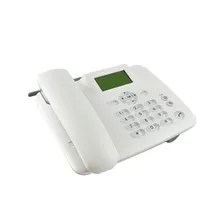
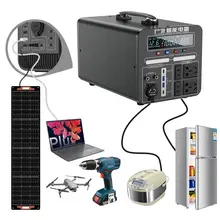
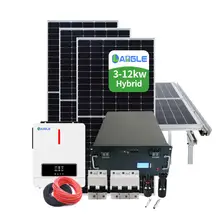
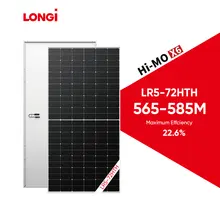




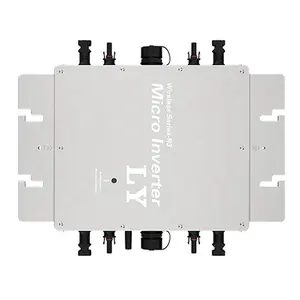


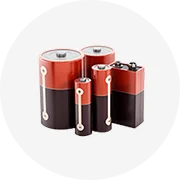
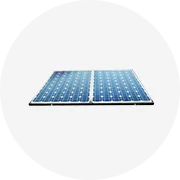
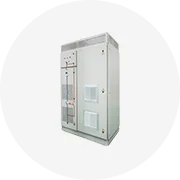
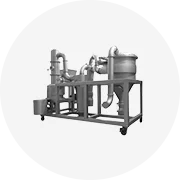
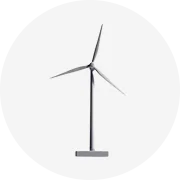
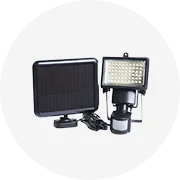
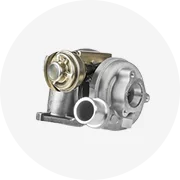
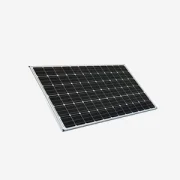








 浙公网安备 33010002000092号
浙公网安备 33010002000092号 浙B2-20120091-4
浙B2-20120091-4